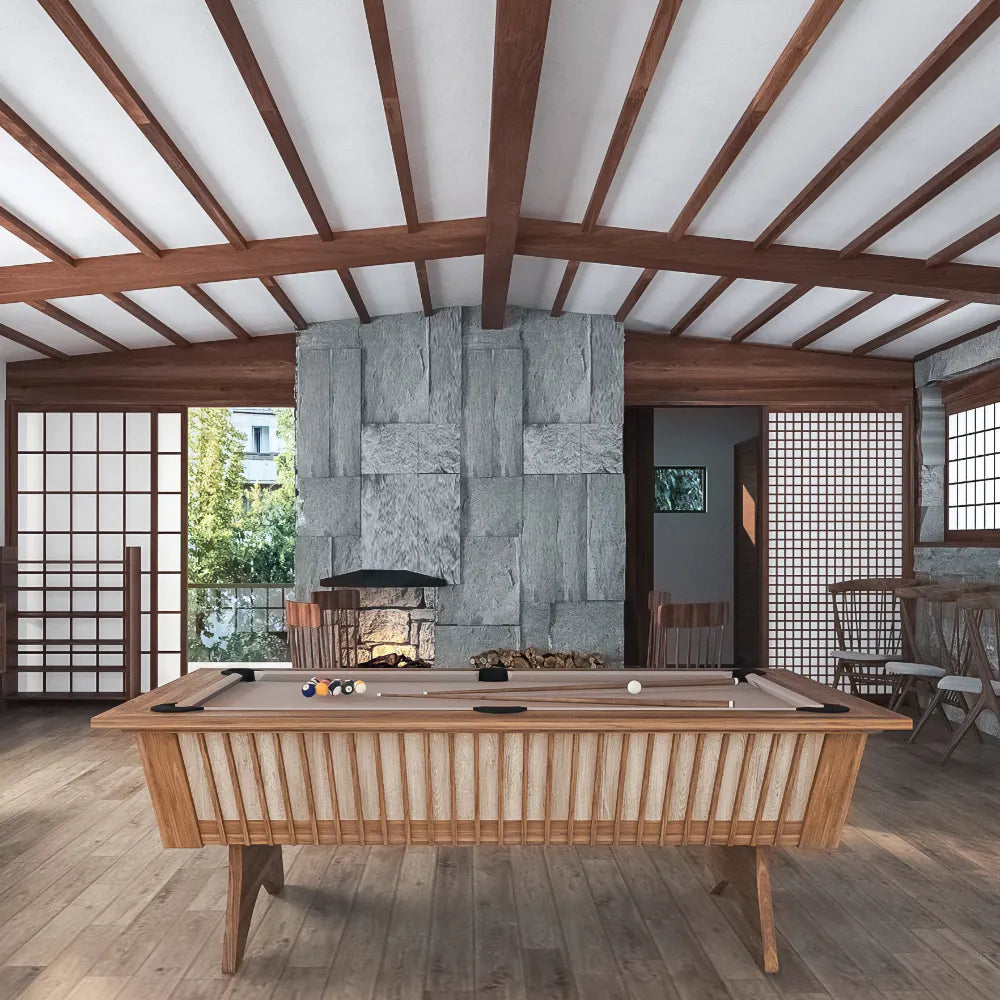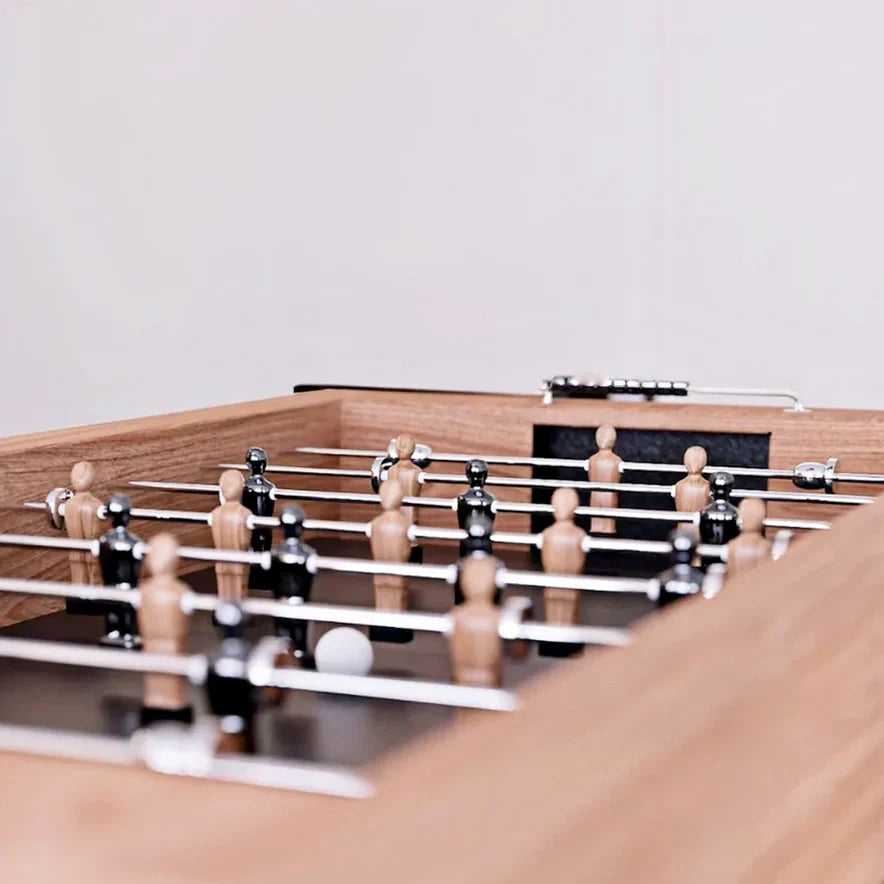Japanese billiards encompasses various forms of billiards played in Japan, emphasizing precision and strategy. Two main types of billiards stand out in Japan: carom billiards and Yotsudama.
Carom Billiards
Carom billiards is a pocketless game played on a table without pockets, where players aim to score points by hitting their cue ball to carom off other balls. The most popular variant in Japan is four-ball billiards, involving four balls: two red object balls and two cue balls (one white and one yellow).
Key Features of Four-Ball Billiards:
- Objective: Players score points by hitting their cue ball to contact other balls. A point is scored when the cue ball caroms off any two other balls in one shot, and two points are awarded if all three balls are contacted.
- Gameplay: Players take turns, and the game continues until a player reaches a predetermined score.
- Differences from Korean Variant: In the Japanese version, players can use the opponent's cue ball as an object ball, unlike the Korean version. The starting positions of the cue balls also differ between the two styles.
Yotsudama
Yotsudama is another form of carom billiards unique to Japan. It uses the same four balls (two red, one white, and one yellow) but has its own rules and scoring system.
Characteristics of Yotsudama:
- Scoring: Players score points by hitting their cue ball off both red balls or a combination of red and cue balls. For instance, hitting both red balls scores three points, while hitting one red and one cue ball scores two points.
- Setup: The game starts with both red balls placed at opposite ends of the table, with each player's cue ball positioned behind a red ball.
- Cultural Significance: Yotsudama embodies Japan's values of precision and strategic depth, aligning with its cultural emphasis on discipline and mastery.
Conclusion
Japanese billiards stands out for its unique styles that focus on skillful, pocketless play. The popularity of carom billiards, especially in its four-ball form, and Yotsudama reflects a cultural blend of strategic depth and artistic precision. These games not only serve as leisure activities but also promote social interaction and cultural exchange within Japan.





0 comments